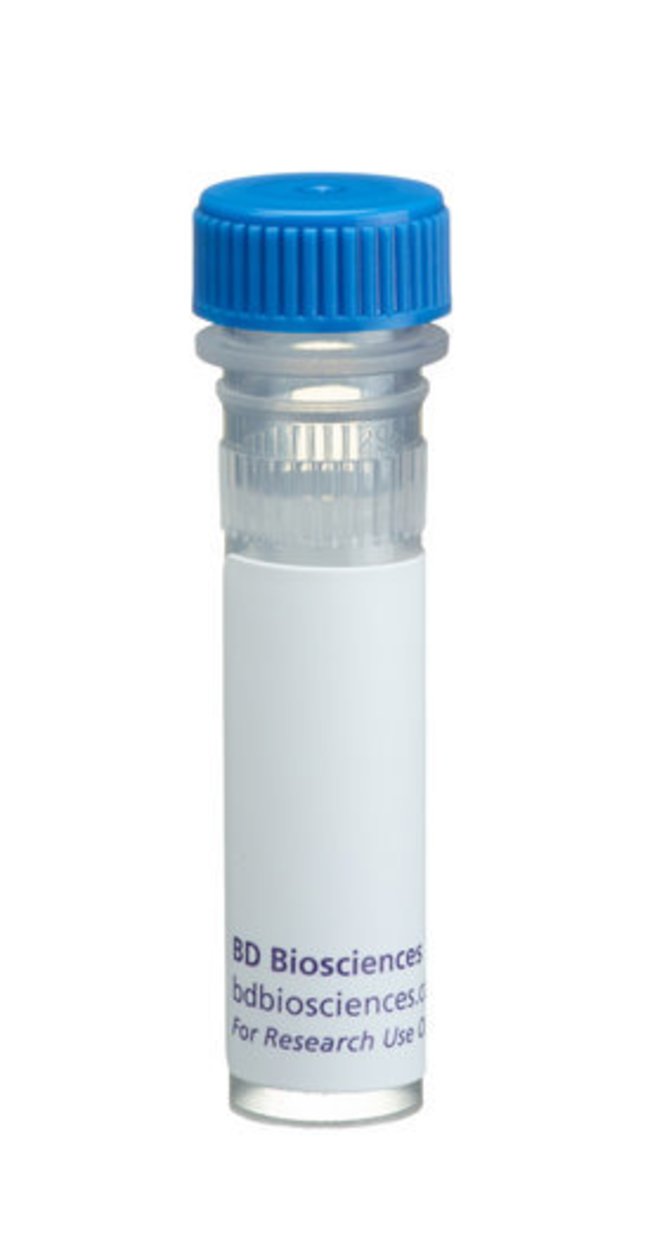Serine Racemase Mouse, Unlabeled, Clone: 29, BD, Mouse Monoclonal Antibody, Each

Details:
The majority of synapses in the central nervous system utilize glutamate as a neurotransmitter to produce rapid neuronal excitation. Glutamate has a diverse array of receptors that can be categorized into two groups: ionotropic and metabotropic. The ionotropic receptors are subdivided into two distinct types: 1) receptors for N-methyl D-aspartate (NMDAR) and 2) non-NMDA receptors for AMPA and kainate. NMDA receptors require coactivation at both glutamate and glycine sites. D-serine is a D-amino acid found in mammalian tissues that can act as a potent ligand for the glycine site on NMDA receptors. D-serine is made by the enzyme serine racemase, which is a member of the pyridoxal-5′ phosphate (PLP)-dependent enzyme family. Serine racemase mRNA is expressed in brain and liver, and serine racemase protein is expressed in glial cells. Degradation of D-serine by D-amino acid oxidase attenuates NMDA receptor-mediated calcium influx, and implicates D-serine as an endogenouse modulator of NMDA receptor function. Thus, glial cell production of D-serine via serine racemase activity may be an important system for modulation of synaptic transmission.Host Species: MouseClone: 29Isotype: IgG1Species Reactivity [for Features Main]: MouseImmunogen: Mouse serine racemase aa. 127-248Immunofluorescence, Western Blotting
Additional Information
| SKU | 10135488 |
|---|---|
| UOM | Each |
| UNSPSC | 12352203 |
| Manufacturer Part Number | 612053 |
